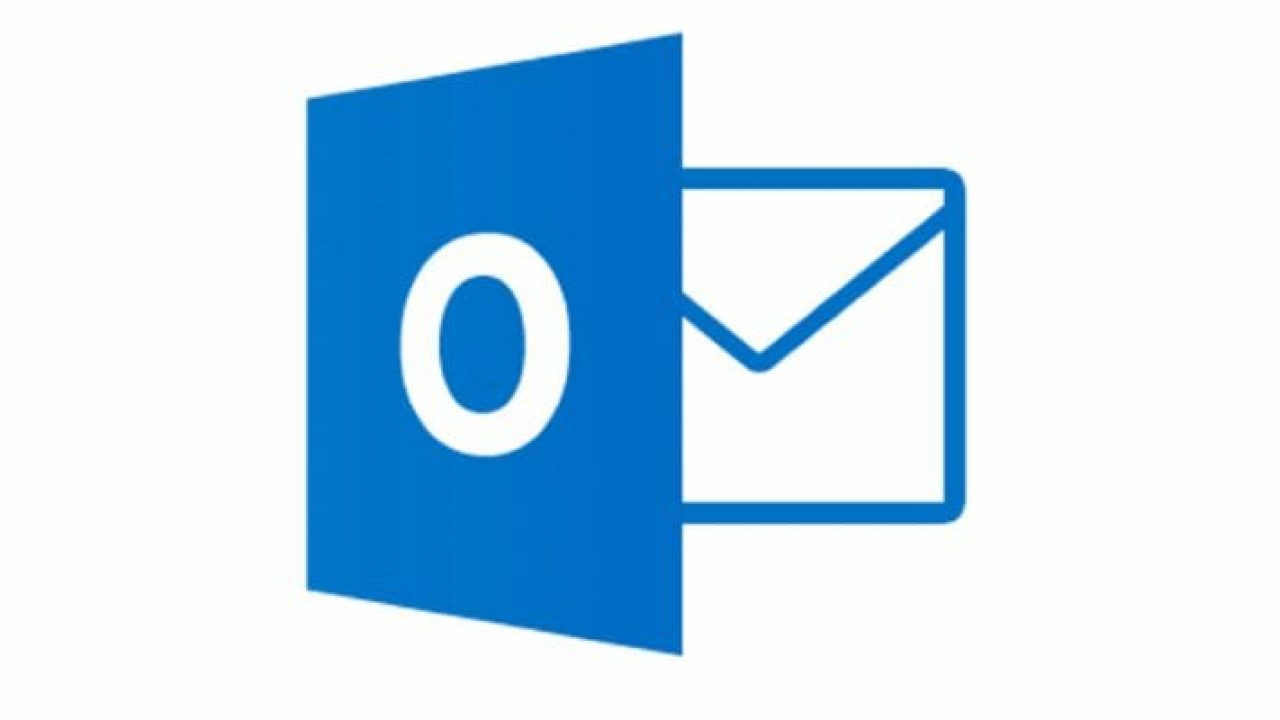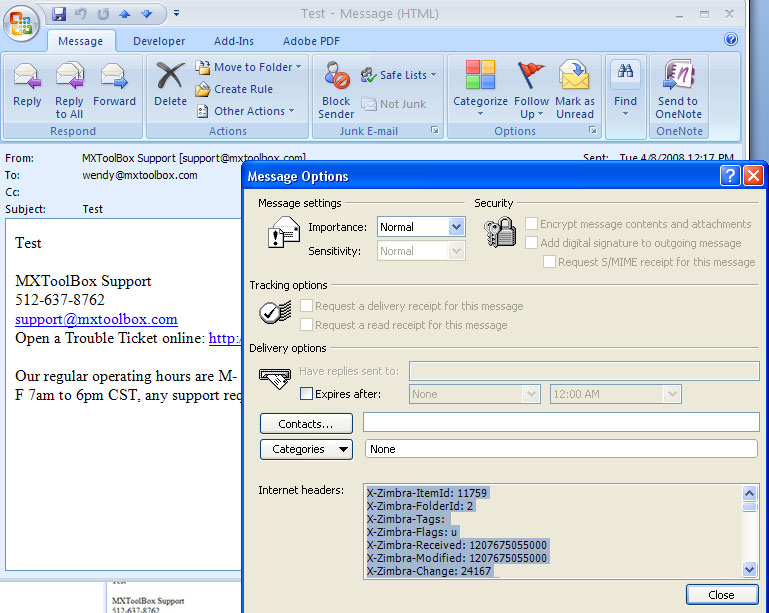

Example Full Header Below- Return-Path: Address the message to the desired recipient.Place the cursor in the body of the new email message by clicking in the empty message body.From the File menu, select New. then Message.Close the window: from the File menu select Close.From the View menu select Message Source.You will need to copy and paste this information in to the message you are forwarding. The full headers will appear in the box above the message text. Entourage (for Macintosh)įrom the View menu select Internet Headers. Outlook Express: From the File menu select Properties, then select the Details tab. Outlook: From the View menu select Options. At the "Compose in this message format" area select Plain Text. Open the message in question so you can see it on your screen.
#OUTLOOK FOR MAC VIEW MESSAGE HEADERS WINDOWS#
Outlook 2007 (and earlier) and Outlook Express for Windows From the Edit menu, select Paste (or right-click and select Paste).

Enter the recipient's email address and a subject.Right-click on the selected text and choose Copy.In the Property window that appears, select the text in the Internet Headers.Click the Message Options button at the top left of the Outlook window.Click OK this sets up your ability to view full headers.Find Message Options in the list and click Add in the middle of the window.Click the Choose Commands From menu and select All Commands.Click the Customize Quick Access Toolbar at the top left of the Outlook window.You need to perform these steps only once.

Set up Outlook so you have access to the command you need. Switching back to "Old Outlook" will bring it back as an option, or logging into the web client and following the Exchange and UOmail instructions will also work. If you are using the "New Outlook" experience on macOS, "View Source" will not be available. This will display the message's header information in a window.


 0 kommentar(er)
0 kommentar(er)
